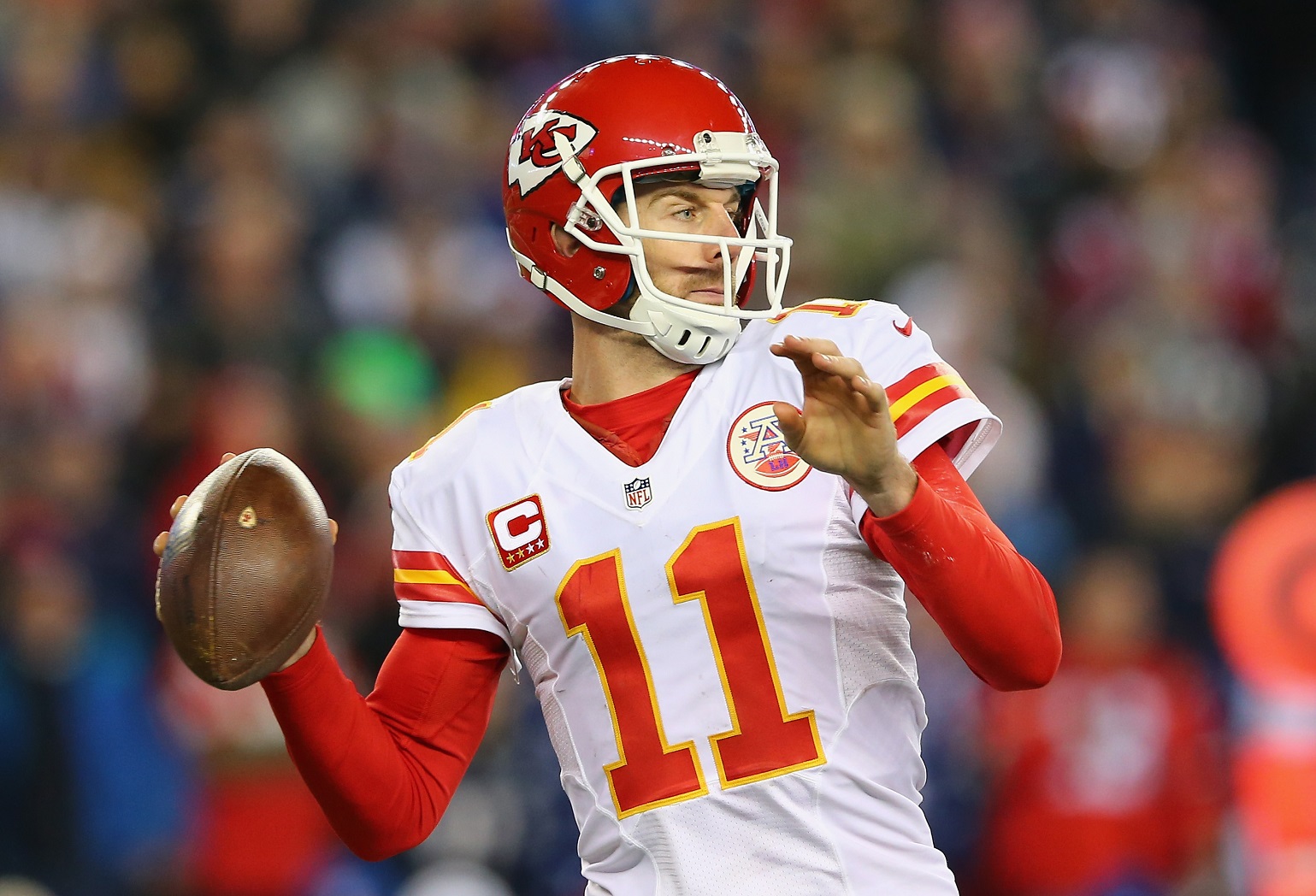Over the last few weeks, you might have wondered why I decided to research several travel theories when there was a more obvious contextual factor of games that I had not yet addressed in weather. The reason is that weather data is a bit more difficult to come by. The NFL Game Books — like this one from Week 8’s Monday night game between the Broncos and Chiefs — published on NFL.com have some basic weather information for games, but they are in a difficult format to aggregate and are only available for the last few years. My internet detective work concluded that if I wanted to do some real research, I needed to find an alternative source for historical weather data.
That investigation led me to the National Oceanic and Atmospheric Administration. Their scientists have a number of charges, and one of those is climate monitoring. To that end, they have created an incredible archive of weather data collected from weather stations like airports, municipal buildings, and ocean buoys in countries and bodies of water all over the world. They have so much data that my real challenge became figuring out how to collect only the data that I wanted.
My solution started with the stadiums themselves. NFL stadiums are sadly not ISD weather stations, but I was able to create a list of the nearest weather stations to each stadium based on their latitudes and longitudes. In an attempt to balance quantity with accuracy, I opted to restrict the list of nearby stations to a maximum of nine stations per stadium and to stations within 30 miles of each stadium. Here is what that looks like in 2017 for Arrowhead Stadium in Kansas City, as an example.
| Closest ISD Weather Stations to Arrowhead Stadium, 2017 | ||
| USAF-WBAN | Station Name | Miles |
| 724463-13988 | C.R. WHEELER DOWNTOWN ARPT | 7.9 |
| 720306-53879 | LEE'S SUMMIT MUNICIPAL APT | 8.7 |
| 724468-03967 | JOHNSON CO EXECUTIVE ARPT | 19.4 |
| 724460-03947 | KANSAS CITY INTERNATIONAL AIR | 21.7 |
| 721045-00354 | MIDWEST NATIONAL AIR CENTER A | 21.7 |
| 721045-99999 | MIDWEST NAT AIR CENTER AIRPOR | 21.8 |
| 724475-93909 | NEW CENTURY AIRCENTER ARPT | 26.4 |
With seven nearby stations, Arrowhead is actually one of the less-covered stadiums. For 2017, 20 of the 34 regular-season venues have my maximum of nine nearby stations, including both Wembley Stadium and Twickenham Stadium in London. Estadio Azteca in Mexico City, where the Patriots will face the Raiders next week, is the only venue with no nearby stations. Lambeau Field in Green Bay and Nissan Stadium in Nashville are the least-covered home stadiums with three nearby stations apiece.
With my target ISD weather stations identified, I wrote a program to sift through NOAA’s hourly surface data archives and pull any recordings that occurred in a target station between one hour before the start of every game and four hours after the start of every game. With readings from multiple stations for each game to help cover any potential missing data, I would have more than a snapshot. The data could detail the weather changes that happen over the course of individual games. For instance, here’s what I found for Lee’s Summit Municipal Airport around the Chiefs’ Week 8 Monday night game against the Broncos.
| Weather Readings from Lee's Summit Municipal Airport, 10/30/2017 | ||||
| Eastern Time | Temp | WindDir | WindSpeed | PrecipDepth |
| 7:53 PM | 43.0 | 330 | 5.7 | 0.0 |
| 8:53 PM | 41.0 | 320 | 6.2 | 0.0 |
| 9:53 PM | 39.0 | 330 | 5.7 | 0.0 |
| 10:53 PM | 37.0 | 330 | 3.1 | 0.0 |
| 11:53 PM | 36.0 | 310 | 3.1 | 0.0 |
The Game Book for that game cited a temperature of 44 degrees and a northwest wind of 12 mph. That generally seems to match up with the early records I pulled here, albeit with a bit less wind speed — note that the wind direction is on a 360-degree scale where 360 degrees equates to due north. However, over the course of the game, the temperature dropped 7 degrees, something I expect to routinely see in night games.
I do not know whether the declining temperatures of night games will have an impact on team strategy or player production, but I should now have the means to find out. Further, I expect each of temperature, wind direction and speed, and rain to impact the game in a variety of ways, from things like a ball-carriers’ tendency to fumble to the accuracy of passes and field goal attempts to a play-caller’s willingness to throw the ball in the first place. I intend to research all of that and more in the coming weeks.



 © 2025 PFF - all rights reserved.
© 2025 PFF - all rights reserved.